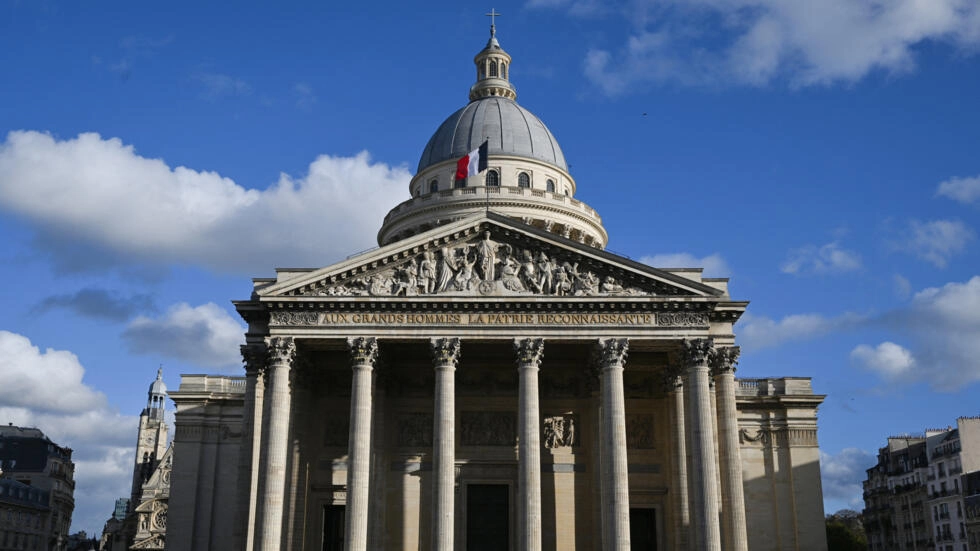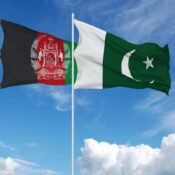
Tracing the history of France’s hallowed Panthéon temple for national heroes
Armenian Resistance hero Missak Manouchian will be laid to rest Wednesday in France’s Pantheon on the 80th anniversary of his killing by a Nazi firing squad. So called pantheonization is France’s highest honor – but what are its origins, and what’s the benchmarks for entering this secular holy place that celebrates the nation’s most important figures?
One of the great landmarks of the French capital, the Pantheon – whose structural design is based on the Pantheon in Rome – was the city’s tallest building before the construction of the Eiffel Tower in 1889.
Its history can be traced back to the French Revolution. In 1791 the National Assembly repurposed the neo-classical Church of Sainte-Genevieve into a temple of the “fatherland” dedicated to remembering the nation’s “great men” – as the shining inscription on its facade reads.
During the 19th century, the destiny of the Panthéon oscillated between religious and secular use, but in 1885 the death of the renowned writer Victor Hugo solidified its status as a mausoleum honoring the great and the good.
The Panthéon then turned into the republican equivalent of the Basilica of Saint-Denis, the necropolis of the French kings.
Who is eligible?
The selection process for pantheonization lacks precise rules. The inhabitants of the Panthéon’s crypt are proof of the broad explanation of entry criteria.
A verdict handed down in 1885 simply states that “the remains of great men deserving of national honors will be buried there”.
During the Napoleonic empire, military and dignitaries were welcomed. But more than half of the 77 greats who entered the Panthéon between 1806 and 1815 are now quite unknown.
Since the Fifth Republic began in 1958 the final decision has rested with the president alone.
La Bastille – medieval symbol of oppression, modern symbol of liberty
These days, politicians, writers, scientists, and activists share a separated space. Among them: socialist political figure Jean Jaurès, physicist Marie Curie, French Resistance leader Jean Moulin, philosopher and mathematician René Descartes, Holocaust survivor and politician Simone Veil, and braille writing system inventor Louis Braille.
Curie’s pantheonization in 1996 marked an historic moment as she became the first woman to be honored in her own right. Today there are six.
American singer and civil rights activist Josephine Baker remarkably became the first woman of color to enter the Panthéon in 2021.
Holding French nationality is not technically required. Manoukian, being relocated to the Panthéon today, died nationless despite making several citizenship attempts. His naturalization file, kept in France’s National Archives, contains two incomplete applications.
He has been described by the media as “French by spilled blood”.
All Categories
Tags
+13162306000
zoneyetu@yahoo.com


